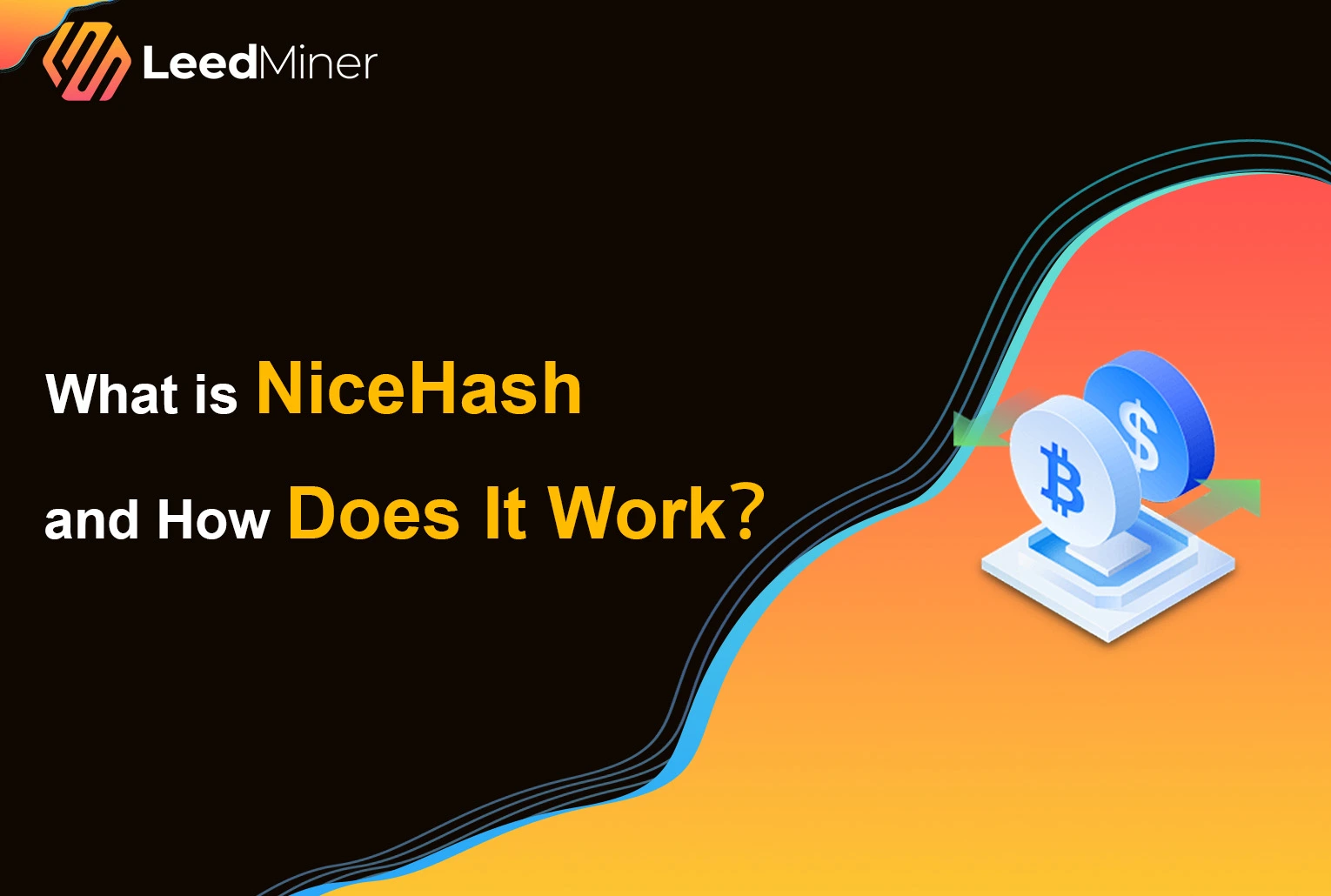SUMMARY
Halving is a fundamental event in the lifecycle of certain cryptocurrencies like Bitcoin, where the block reward given to miners is reduced by 50%. This mechanism is built into the protocol to control inflation and simulate scarcity over time. For miners, each halving dramatically changes the economic landscape—cutting profits, shifting competition, and affecting long-term strategies.
In this article, we’ll explore what halving is, how it impacts miners in both the short and long term, and what strategies miners can use to remain profitable after it happens.
What Is Halving?
Definition of Halving
Halving is a scheduled event that reduces the reward miners receive for verifying transactions and adding new blocks to the blockchain. In Bitcoin, a halving occurs every 210,000 blocks—approximately every four years.
For example:
- In 2009, the Bitcoin block reward was 50 BTC.
- In 2012, it dropped to 25 BTC.
- In 2016, it halved again to 12.5 BTC.
- In 2020, it became 6.25 BTC.
- The 2024 halving reduced it further to 3.125 BTC.
Similar halving mechanisms exist in other cryptocurrencies like Litecoin (LTC) and Bitcoin Cash (BCH).
The primary goal of halving is to limit the total supply of coins and maintain scarcity—mimicking how finite resources like gold become harder to extract over time.
Why does halving occur in cryptocurrencies?
Halving is designed to enforce a deflationary monetary policy. It ensures that coins become increasingly scarce over time, encouraging long-term value appreciation and preventing uncontrolled inflation.
Immediate Effects of Halving on Miners
Block Reward Reduction
The most direct impact of halving is a 50% reduction in the number of coins miners receive for mining a block. For example, if a miner was earning 6.25 BTC per block, after halving, they would earn only 3.125 BTC.
This cut in rewards occurs instantly and does not come with any compensation in difficulty or effort. Miners must still use the same amount of computational power and electricity to mine blocks.
Impact on Mining Profitability
With half the reward and unchanged operational costs, many miners face an immediate drop in profitability. Those with outdated or inefficient hardware—especially in regions with high electricity rates—may find mining no longer economically viable.
Miners need to calculate whether their earnings can still cover electricity, hosting, maintenance, and hardware depreciation. If not, they are likely to shut down operations or upgrade to newer machines.
Does halving reduce miner earnings immediately?
Yes. Unless the price of the coin doubles at the same time, most miners will experience an immediate reduction in earnings following a halving event.
Medium to Long-Term Effects
Network Hashrate & Difficulty
As less efficient miners exit the market due to lower profitability, the total network hashrate usually drops. This, in turn, triggers the network’s difficulty adjustment mechanism.
In Bitcoin, difficulty recalibrates roughly every two weeks to maintain a consistent block production time (about 10 minutes). This automatic adjustment helps keep the network stable, even as miner participation changes.
Market Price Reaction
Historically, halvings have been followed by long-term price increases, though the exact timing and scale vary. Many traders and investors see halving as a bullish signal due to reduced coin issuance.
For example, after the 2012 halving, Bitcoin rose from ~$12 to over $1,000 in a year. After the 2016 halving, it went from ~$600 to ~$20,000 in 2017. While correlation doesn’t imply causation, market sentiment plays a significant role.
Is halving always followed by a price increase?
Not always immediately. Price reactions vary and are influenced by broader market conditions, demand, and investor sentiment. However, halvings tend to drive long-term bullish expectations.
Miner Strategies After Halving
Adapting to Lower Rewards
To remain profitable post-halving, miners often need to optimize their operations:
- Upgrade hardware – Replace older models with energy-efficient machines like Antminer S21 or WhatsMiner M66.
- Reduce operational costs – Move to regions with lower electricity rates or switch to hosted mining services with better terms.
- Join efficient mining pools – Pools with PPS+ or FPPS payout models can provide more stable revenue streams.
- Explore merged mining – In some ecosystems, miners can mine multiple coins at once using the same algorithm (e.g., LTC + DOGE).
Holding vs. Selling Mined Coins
Miners also face the strategic decision of whether to hold (HODL) their mined coins in anticipation of price growth, or sell immediately to cover operational costs.
Holding may increase long-term gains but comes with volatility risk. Selling provides immediate liquidity but might miss out on price rallies.
Smart miners often adopt a hybrid approach—selling enough to cover costs while keeping a portion as speculative investment.
CONCLUSION
Halving events are double-edged swords for miners. While they reduce block rewards and put pressure on profits, they are also designed to increase scarcity—potentially leading to higher coin prices in the future.
Successful miners plan ahead: they invest in efficient hardware, optimize costs, and adapt their strategies. Although halving introduces uncertainty, it also reinforces the long-term sustainability and economic principles of cryptocurrencies like Bitcoin.



